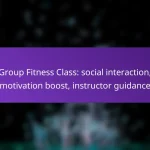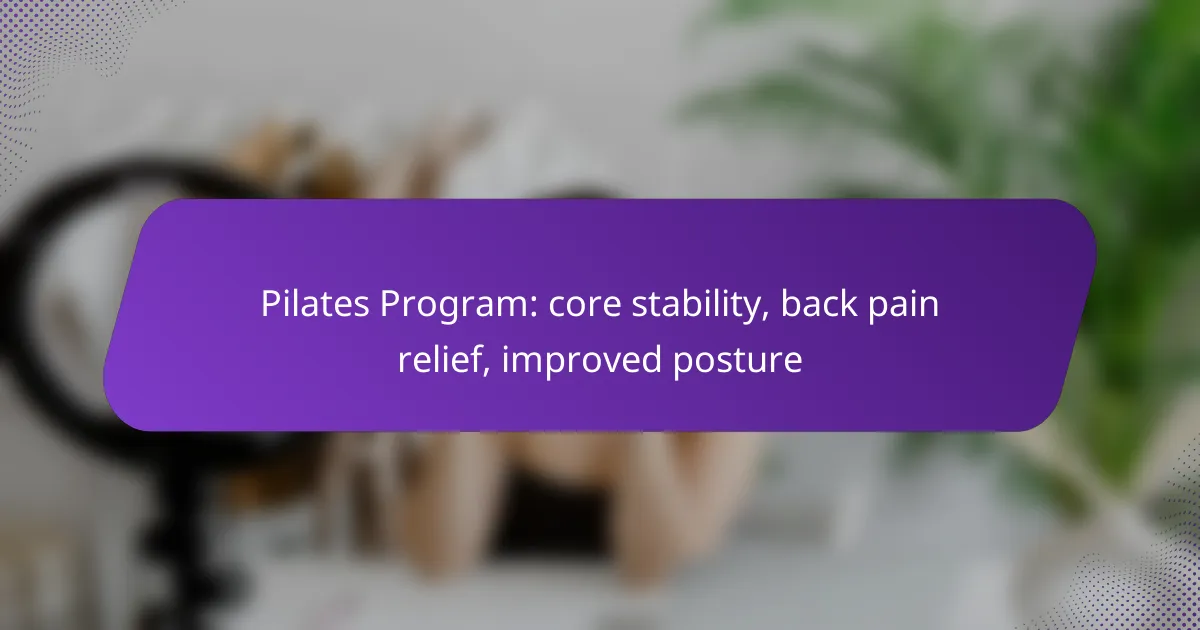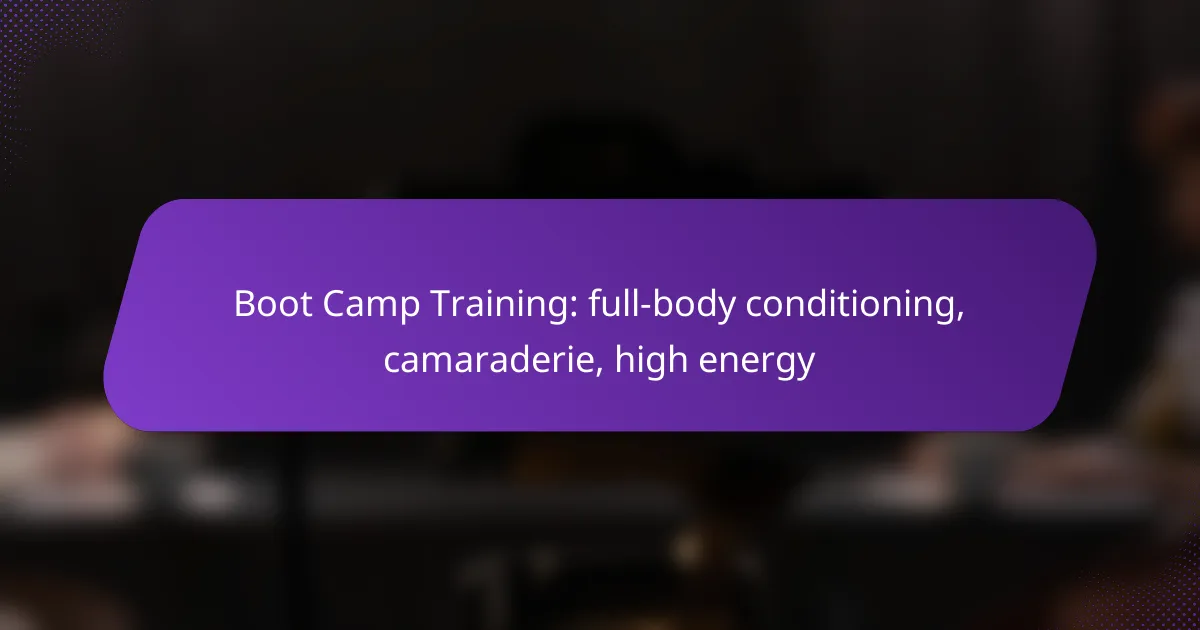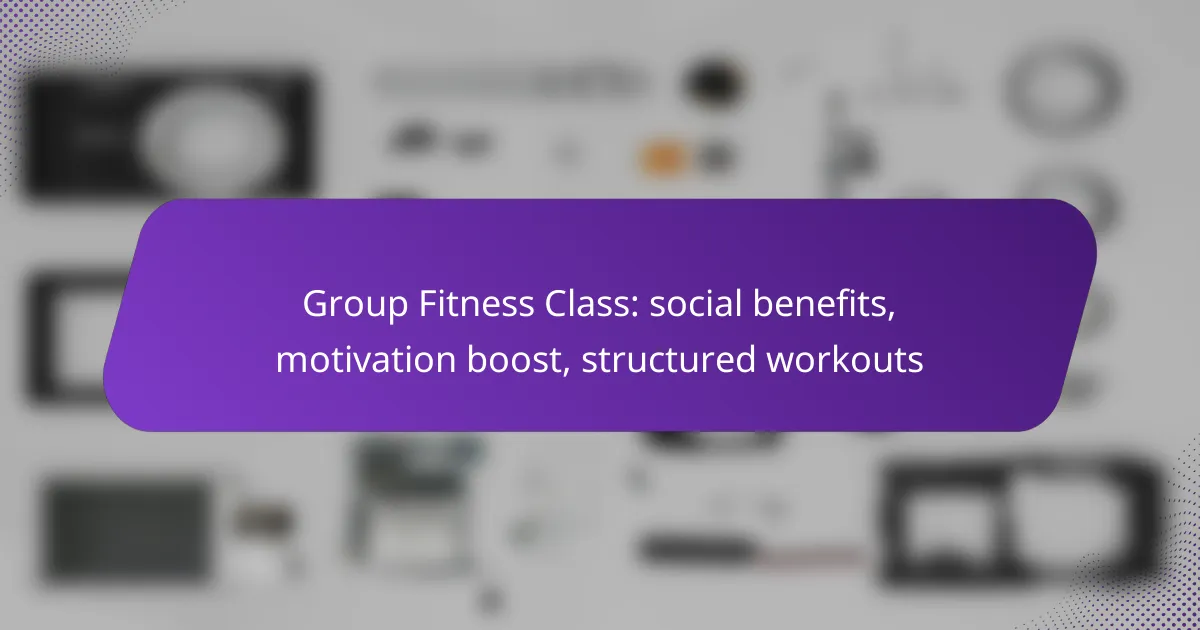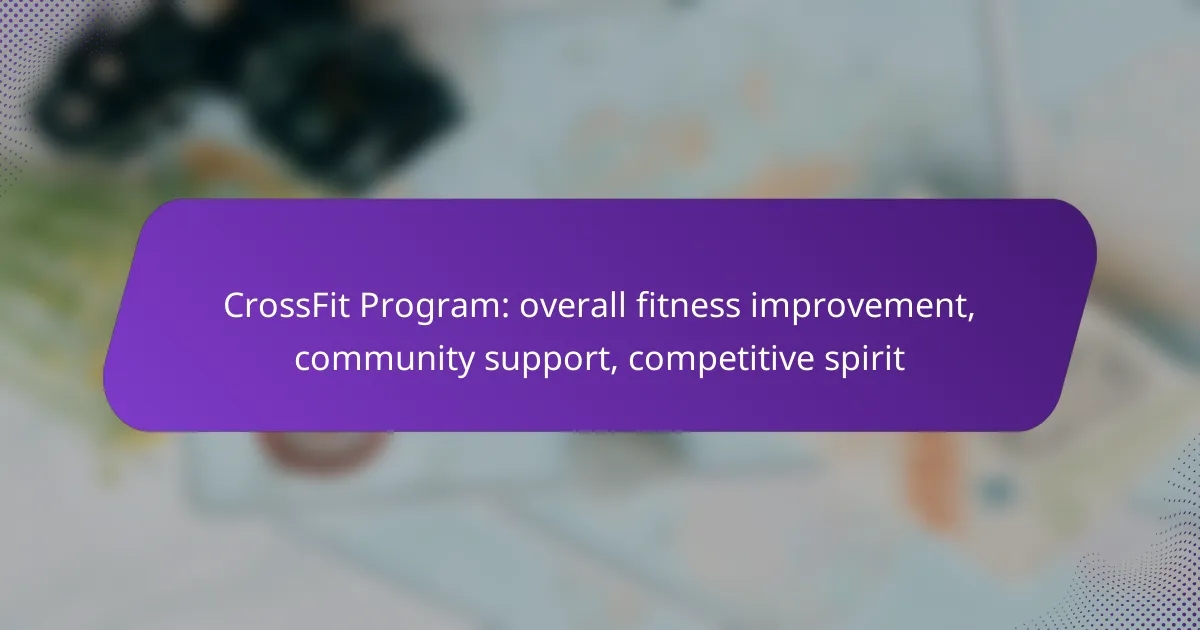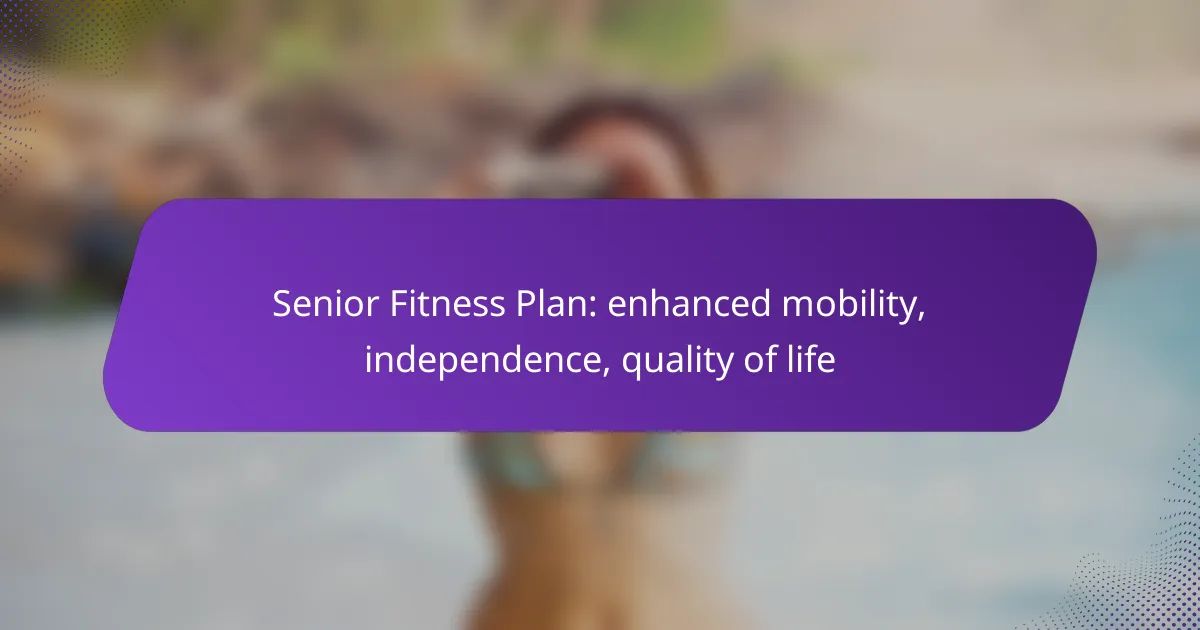Discover the transformative benefits of Pilates, a program designed to enhance core stability, relieve back pain, and improve posture. By engaging deep abdominal muscles and promoting proper alignment, Pilates not only alleviates discomfort but also strengthens the body for better overall function. Experience a holistic approach to wellness that supports your spine and encourages optimal body mechanics.

How can Pilates improve core stability?
Pilates enhances core stability by focusing on controlled movements that engage the deep abdominal muscles. This method promotes better alignment and balance, which can lead to improved overall body strength and function.
Enhanced muscle engagement
Pilates exercises require concentrated effort, activating multiple muscle groups simultaneously. This engagement not only strengthens the core but also improves the efficiency of muscle use throughout the body. For example, exercises like the Hundred or the Plank demand active participation from the core, back, and limbs, fostering a holistic approach to muscle activation.
Increased balance and coordination
Practicing Pilates can significantly enhance balance and coordination by training the body to move as a cohesive unit. Exercises often involve maintaining stability while performing movements, which challenges the body’s ability to control and adjust. This is particularly beneficial for activities requiring agility and precision, such as sports or dance.
Strengthening of abdominal muscles
Pilates specifically targets the abdominal muscles, focusing on both the superficial and deep layers. Exercises like the Roll-Up or Teaser effectively engage these muscles, promoting strength and endurance. Regular practice can lead to noticeable improvements in core strength, which is essential for daily activities and injury prevention.

What are the benefits of Pilates for back pain relief?
Pilates offers several benefits for back pain relief, focusing on core stability and proper alignment. By strengthening the muscles that support the spine, Pilates can alleviate discomfort and enhance overall posture.
Reduction of muscle tension
Pilates exercises promote relaxation and help reduce muscle tension in the back and surrounding areas. Techniques such as controlled breathing and slow movements encourage the release of tight muscles, which can contribute to pain relief.
Incorporating stretches and gentle movements into your routine can significantly decrease tension. For example, exercises like the Cat-Cow stretch can help mobilize the spine while easing tightness in the back muscles.
Improved spinal alignment
One of the key benefits of Pilates is its emphasis on proper spinal alignment. By focusing on core engagement and body awareness, practitioners learn to maintain a neutral spine, which can alleviate pressure on the back.
Exercises such as the Pelvic Curl and Spine Stretch promote alignment and strengthen the muscles that support the spine. Regular practice can lead to better posture, reducing the risk of back pain over time.
Increased flexibility and mobility
Pilates enhances flexibility and mobility, which are crucial for preventing and alleviating back pain. Improved flexibility in the hips, hamstrings, and lower back can reduce strain on the spine during daily activities.
Incorporating dynamic stretches and mobility exercises into your Pilates routine, such as the Saw or the Roll-Up, can help maintain a healthy range of motion. Aim for consistency, practicing several times a week to see significant improvements.

How does Pilates enhance posture?
Pilates enhances posture by focusing on the alignment and strength of the body, particularly the muscles that support the spine. Through targeted exercises, it promotes better body mechanics, which can lead to improved posture over time.
Strengthening of postural muscles
Pilates exercises specifically target the muscles responsible for maintaining good posture, such as the back, shoulders, and abdominal muscles. By strengthening these postural muscles, individuals can achieve a more upright and stable stance, reducing the risk of slouching.
Incorporating exercises like the Pilates roll-up or the spine stretch can effectively engage and strengthen these key muscle groups. Regular practice can lead to noticeable improvements in posture and overall body alignment.
Awareness of body alignment
Pilates emphasizes mindfulness and body awareness, teaching practitioners to recognize their alignment during movement. This heightened awareness helps individuals identify poor postural habits and make conscious adjustments throughout their daily activities.
For example, during a Pilates session, instructors often cue participants to focus on their spine’s position and shoulder placement, reinforcing proper alignment. This practice can translate into better posture outside of class, as individuals become more attuned to their body mechanics.
Development of core strength
A strong core is essential for maintaining good posture, and Pilates is particularly effective in developing core strength. The exercises engage the deep abdominal muscles, which support the spine and pelvis, promoting stability and alignment.
Exercises such as the hundred or the plank are excellent for building core strength. As core muscles strengthen, individuals are better equipped to maintain proper posture, reducing strain on the back and improving overall body mechanics.

What Pilates programs are effective in the UK?
Effective Pilates programs in the UK focus on core stability, back pain relief, and improved posture. Options range from local studio classes to online sessions and personalized training, catering to various needs and preferences.
Local studio offerings
Local Pilates studios in the UK typically provide a range of classes designed for different skill levels, from beginners to advanced practitioners. These sessions often emphasize proper form and alignment, which are crucial for core stability and back pain relief.
Many studios offer trial classes or introductory packages, allowing newcomers to explore different styles and instructors. Look for studios that are certified and have experienced trainers to ensure quality instruction.
Online Pilates classes
Online Pilates classes have become increasingly popular, offering flexibility and convenience for participants. Various platforms provide live sessions and recorded workouts, making it easy to fit Pilates into a busy schedule.
When choosing online classes, consider the instructor’s qualifications and the variety of classes available. Many platforms offer free trials, so you can test different styles before committing to a subscription.
Personalized training sessions
Personalized training sessions can be highly effective for individuals seeking targeted support in their Pilates practice. One-on-one sessions allow for tailored exercises that address specific issues, such as back pain or posture correction.
These sessions can be conducted in-person or online, depending on your preference. Look for certified instructors who can create a customized program based on your fitness level and goals, ensuring a focused approach to your Pilates journey.
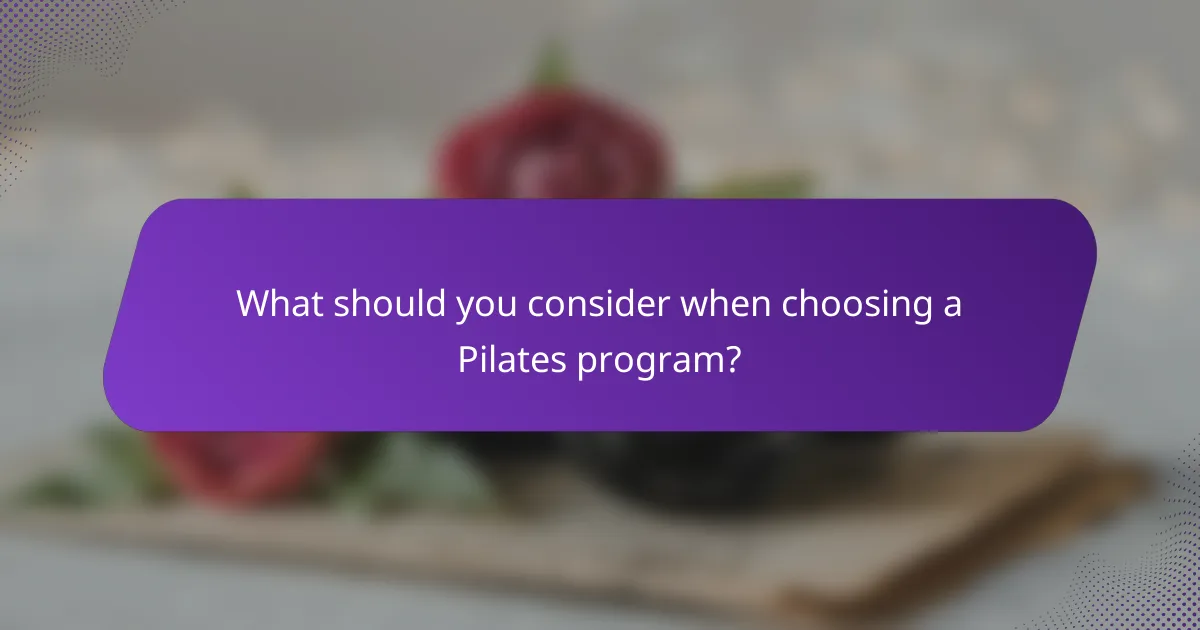
What should you consider when choosing a Pilates program?
When selecting a Pilates program, consider factors such as instructor qualifications, class size, and specific goals. These elements can significantly impact your experience and results, especially for core stability, back pain relief, and improved posture.
Instructor qualifications
Ensure that your Pilates instructor has appropriate certifications and experience. Look for instructors trained in reputable programs, such as those accredited by the Pilates Method Alliance or similar organizations.
Experience in physical therapy or fitness can be beneficial, particularly for those seeking relief from back pain or focusing on core stability. Don’t hesitate to ask about their background and teaching style before committing to a program.
Class size and environment
Class size can affect the level of personal attention you receive. Smaller classes typically allow for more individualized instruction, which is crucial for mastering techniques that enhance core stability and posture.
Additionally, consider the environment of the studio. A clean, well-lit space with appropriate equipment can enhance your experience. Look for studios that prioritize safety and comfort, especially if you have specific health concerns.
Program goals and focus areas
Identify your personal goals when choosing a Pilates program. Some programs may emphasize core stability, while others focus on flexibility or rehabilitation for back pain. Make sure the program aligns with your objectives.
Ask about the curriculum and the specific exercises included. A well-rounded program should incorporate a variety of movements that promote improved posture and overall strength. If possible, attend a trial class to see if the focus areas meet your needs.



